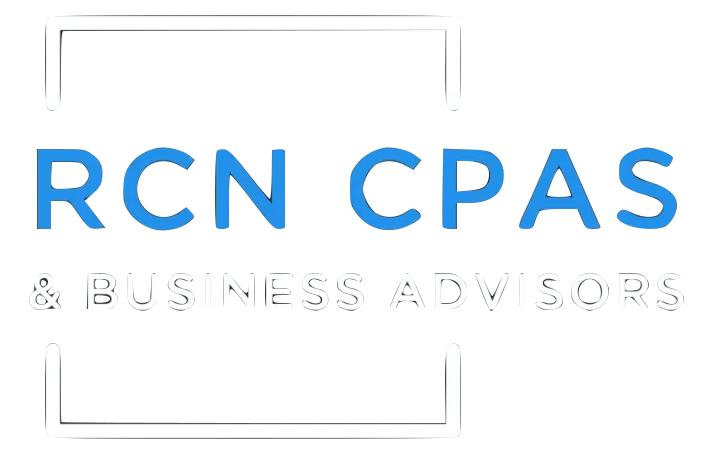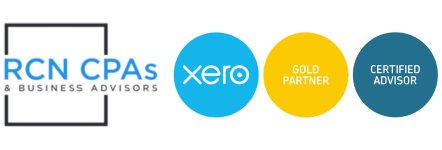4 Ways to maximize retirement savings plans before the end of the year

As the year draws to a close, it is the ideal time to do all your checks and balances for retirement planning.
Have you made all the required contributions towards your employees’ retirement plan this year?
Are you on track with meeting your retirement savings goal as a business owner?
Here are four things that you can do to maximize retirement savings plans before the end of the year.
Retirement Planning as an Employee
Maximize your annual contributions
Begin by checking on your allowable annual contributions and confirm that you are maximizing them. This will enable you to earn a tax deduction. The amount that you contribute to your retirement account (401k) will differ depending on your age. If you are below 50 years of age it is a maximum of $19,500 and above 50 years of age, you can contribute $26,000.
Maximize employer match contributions
Make full use of employer match contributions. These will differ depending on the employer. There are some employers who will offer a dollar-for-dollar match, while others allow for a percentage of each dollar that an employee contributes. When an employer matches your contributions, not maximizing your contributions means that you are missing out on available funds that could boost your savings.
Retirement Planning as a Business Owner
Choose between Traditional or ROTH IRAs
Both plans are ideal for business owners seeking to save up to $6,000 a year. Traditional IRAs allow for contributing pre-taxed dollars which are taxed as income at retirement. Roth IRAs allow for contributing taxed dollars that can grow tax-free in the retirement account. Both plans can be withdrawn after age 59 ½.
Optimize an Existing SEP IRA Plan
Simplified Employee Pension Plans (SEP) IRAs enable small business owners to make contributions to traditional IRAs that they have put in place for their employees. This is an excellent option if the business has few employees. The advantage business owners have is being able to make contributions that are larger than those of their employees. Furthermore, business owners have greater flexibility as they can decide how much they want to contribute each year.
Over the next two weeks, review your long-term retirement savings goals. This will help you establish whether there is any gap that you need to fill. A complete evaluation can be done with the support of a qualified CPA from RCN CPAs & Business Advisors. Working with a professional will help determine the ideal IRA plan, 401(k) contributions, and how best to benefit from tax deductions.





